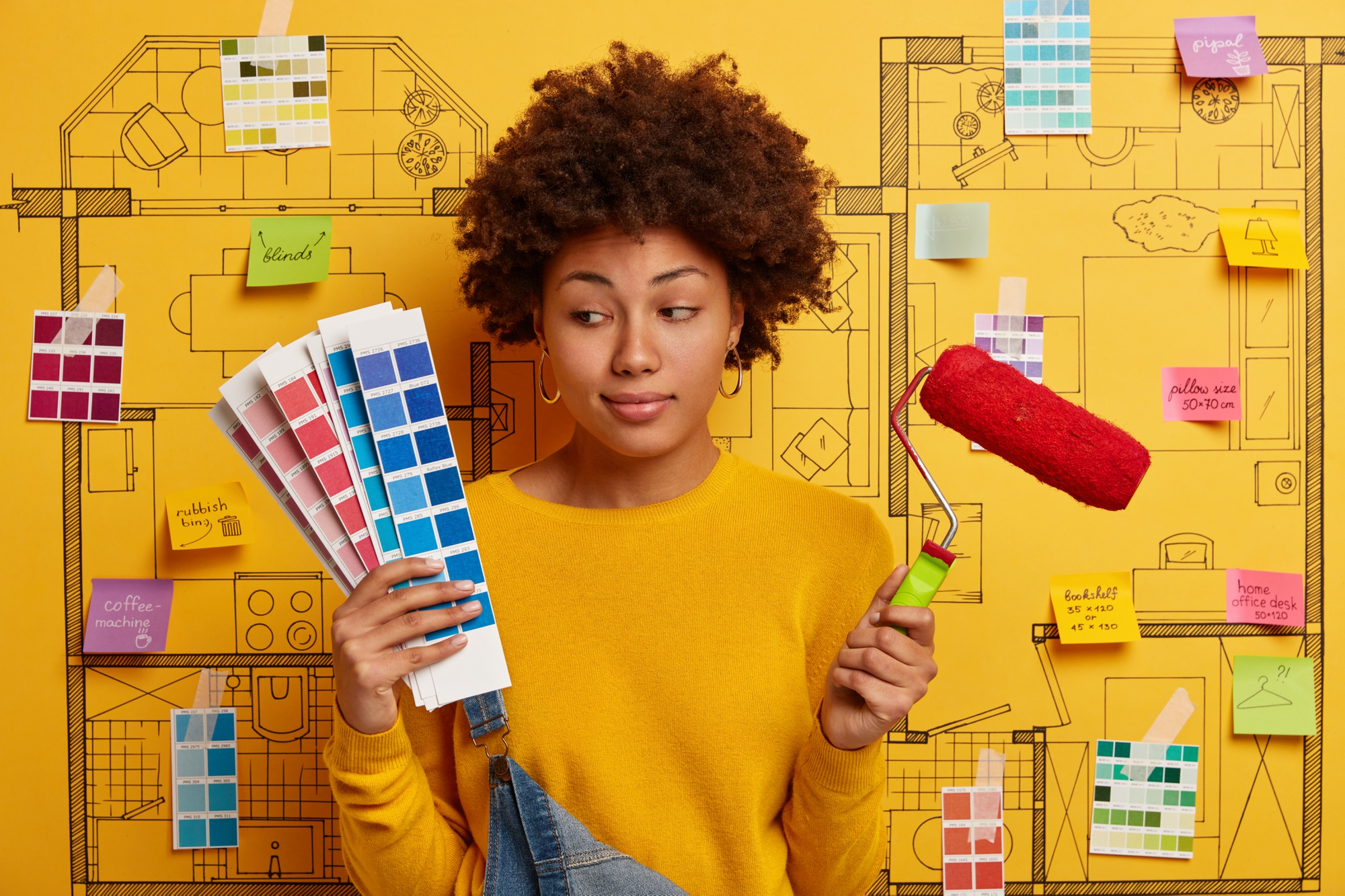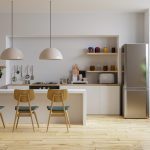Have you ever heard of color psychology? Although it is very popular in the art world, this science that studies the effects and influences of colors in our lives can also be used to decorate your property. In this post we will explain to you how it all works.
Read on to find out more!
What is color psychology?
This idea is not new. For a long time, scholars have analyzed this event and have created numerous concepts and theories to fully understand the magic behind the colors. With the expansion of this new way of exploring the world came the name Color Psychology.
One of the most popular theories was published in the form of a book called “The Theory of Colors”, a work written by Johann W. Von Goethe, which also incorporates the precepts of Feng Shui, and can be used to transform spaces, besides being used in works in the area of visual communication.
However, it is necessary to pay attention to some details involving the psychology of colors and decoration. Although there is agreement in these two areas, and as they are related to the effects on the human brain, the treatment and meaning that some colors receive may vary.
Therefore, it is necessary to be flexible and understand the proposed modifications given by interior design and, above all, know what is allowed to dare and what is not. After all, since it is a science, nothing is written in stone. On the contrary, it is always changing and new ways of application are emerging.
Color psychology: the effect of colors
Each color can awaken a different sensation or feeling in people. That’s why in fast-food chains it is common to find the colors orange, red, and yellow, because these are the shades that awaken the appetite.
We can give countless examples of this dynamic to better illustrate the magic of colors and the interpretations given by color psychology. But, instead of doing that, we have separated a list of the main shades used in decorations in describing their effects below. Take a look:
Blue
It is a soothing, therapeutic tone that helps to calm the emotions and increase the receptivity of the environments. In excess, it can make a room very cold, so the psychology of colors warns not to use too much blue. Its best combinations are with yellow, pink, and red.
Red
Its meanings are well known, such as fire, passion, enthusiasm, and love, among others. It helps to combat lack of energy and stress, and increases liveliness. In exaggeration, it can remind you of sensations such as hate, violence, and cruelty. Therefore, it is a color for details, together with gold, black, and white.
Yellow
According to color psychology, yellow invokes a lot of energy, warmth, and helps activate the mind. It is a great shade for a learning environment, but in excess it can cause insecurity and instability. Also, it is a great tone for places with little light or that wish to value natural light.
Black
It represents power, elegance, and sophistication, but color psychology also says that it is the color of seriousness and prudence. It is a shade to work with the lighting in a room, either to absorb the sun’s rays or to warm up the environment. It is great to be combined with brighter tones for contrast.
White
This color has the power to enhance all other colors, making them gain luminosity and life. According to color psychology, its neutrality transmits peace, purity, innocence, and simplicity. But in excess it transmits the sensation of lack of strength and depth, thus the need for complements.
Would you like more decoration tips? Check our blog. Follow VRV on social networks by following our Facebook and Instagram!




